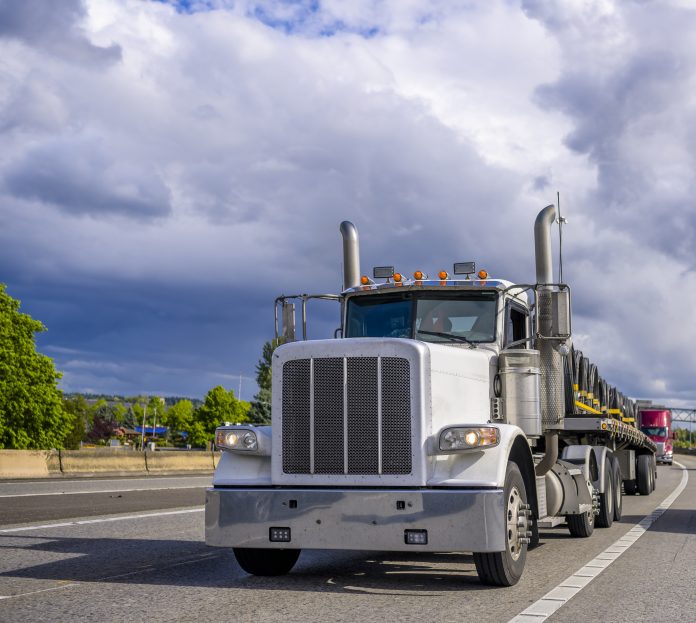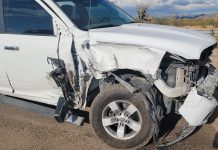
So there I was driving to work on a crisp January morning, highway was not too busy for 6:30am. A few transport trucks and some cars. A transport in front of me was driving a little over the posted speed limit and was in the right lane. Out of side mirror, I noticed a pickup truck in the left lane and was travelling above the speed limit by at least 20km. He did not see the transport signaling to move into the left lane and he slammed on his brakes. He hit a patch of black ice and did at least two 360 before he put it in the ditch. Luckily, he did not flip his vehicle and he was ok A little shaken. I asked him if he had noticed the black ice and he looked at me somewhat funny.
He said Black Ice what is that. Here is my description of black ice on the roads. Black Ice should be called “clear ice”, this is because black ice can form with very few bubbles and it is virtually transparent. This makes it very hard to see than normal ice. You can mistake black ice for wet pavement. This can put the drivers into a muchunprepared situation and makes it harder to react to the slippery conditions. Studies have found that driving on black ice was five times more dangerous than driving in normal winter conditions. Stopping on black ice takes nine times longer to stop. You can use studded tires and snow chains to help you stop faster but not by much. Black ice can form when we least expect it. Snow may have melted fays before, but roads may still have some patches of black ice waiting to send your vehicle out of control. Mornings are usually the worse times to find black ice. The first step to being a safe drive in icy conditions starts before you even get in the vehicle. This is a maintenance step; you should always make sure your wipers are in good working condition. Make sure that fluids are topped up and test your defrosters front and back. Impaired visibility is the last thing you want when driving in icy road conditions.
Make sure you have gas above the half way mark and your antifreeze is up to its level. All these tips will help in case you hit some black ice. Once you have checked your car to make sure it is in good running condition, you can then make sure that you are stocked up on items that will prove useful in an emergency. Once you have checked to make sure your car is in great running order, take some to pack your car with jumper cables, an ice scraper, an emergency kit, a flashlight and some fuel deicer. If you areinclined, it is helpful if you carry some sand or kitty litter to help with traction on ice if you happen to be stuck. Blankets and snacks are also good to have on hand when you are driving in different conditions in the winter. Now you are ready to start driving. Always make sure you reduce your speed in different weather. This is necessary in the winter months because you usually cannot see black ice until it is too late. Going at a slower speed will reduce the chances of you spinning out of control on black ice. Safe travels this winter






















